Description
Zircon (ZrSiO) is the primary source for Zirconium, and the only reason Nuclear Reactors work…
Zircon has a hardness of 7½ and a specific gravity of 4.6 – 4.7. Its history and its name throughout the ages is a bit complicated. According to Mindat, Zircon “appears to occur first in Abraham Gottlob Werner’s (1780) translation of Axel F. Cronstedt’s “Försök till en mineralogie, eller mineral rikets upställning.” (1751). Werner adds a short additional comment to Cronstedt’s text: ” Jargons oder Zirkonen sind weisse, graue, auch blasgelbe und blasrothe Hyazinthen; die öften für Diamante verkauft werden.” Werner consider zirkon as an alternative spelling for sargone or jargon. These latter names, and thereby zircon, descend from medieval French (jargonce), Italian (giarconsia) and Spanish (iargonça). These in turn originates from the old French jagonce. The Dictionnaire Étymologique de l’Ancien Français (2007) provides several references and quotes for jargonce, the oldest from the 12th century. The origin of jagonce is unknown, but it is related to the medievial Syriac yaqūndā, a similar gemstone. (Smith, R. P., & Hanson, K. C. (Eds.). (2007). Thesaurus syriacus). German scientists adapted the name zirkon and work by Klaproth, Emmerling and others established zirkon as the preferred spelling in scientific literature. Hauy (1801) in his Traité de minéralogie also adapted the name zircon. The common association of zircon with Arabic and Persian “azargun” seems to be a modern construct as there are no etymological evidence supporting this association.”
Zircons are made of mostly Zirconium, at around 43%, ~14% Silicon and 33% Oxygen, with as much as 4.69% Hafnium, and while they may also contain minor amounts of U, Th, Pb, Hf, Y, P, and other REEs such as Lanthanum, Neodymium, Praseodymium, Cerium, and Samarium, these specific specimens aren’t radioactive.
According to Wikipedia, “Zircon is a common accessory to trace mineral constituent of all kinds of igneous rocks, but particularly granite and felsic igneous rocks.” Most zircon is mined in Australia or Africa, but it’s found in thousands of known locations worldwide, including more than 139 locations within Colorado alone! While these are unlikely to be from Colorado (which makes them a bit cheaper), be sure to keep your eyes out for cool, shiny rocks like these if you’re hiking near one of those 139 localities and you’ll be able to find some for yourself!
It’s mined as a gemstone for use in jewelery and as an ore of Zirconium, which is then mostly used opacifier, conferring a white, opaque appearance to ceramic materials, and because it is mechanically strong and flexible, it can be sintered into ceramic knives and other blades. It’s also used to make crucibles and other high-temp lab equipment, metal molds and metallurgical furnaces, sandpaper and grinding wheels, and cladding for nuclear reactors.
As mentioned, it’s found in thousands of known locations on every Continent around the world, so no matter where you are, be sure to keep your eyes out for a rock like this and you’ll be able to identify for yourself some Zircon!

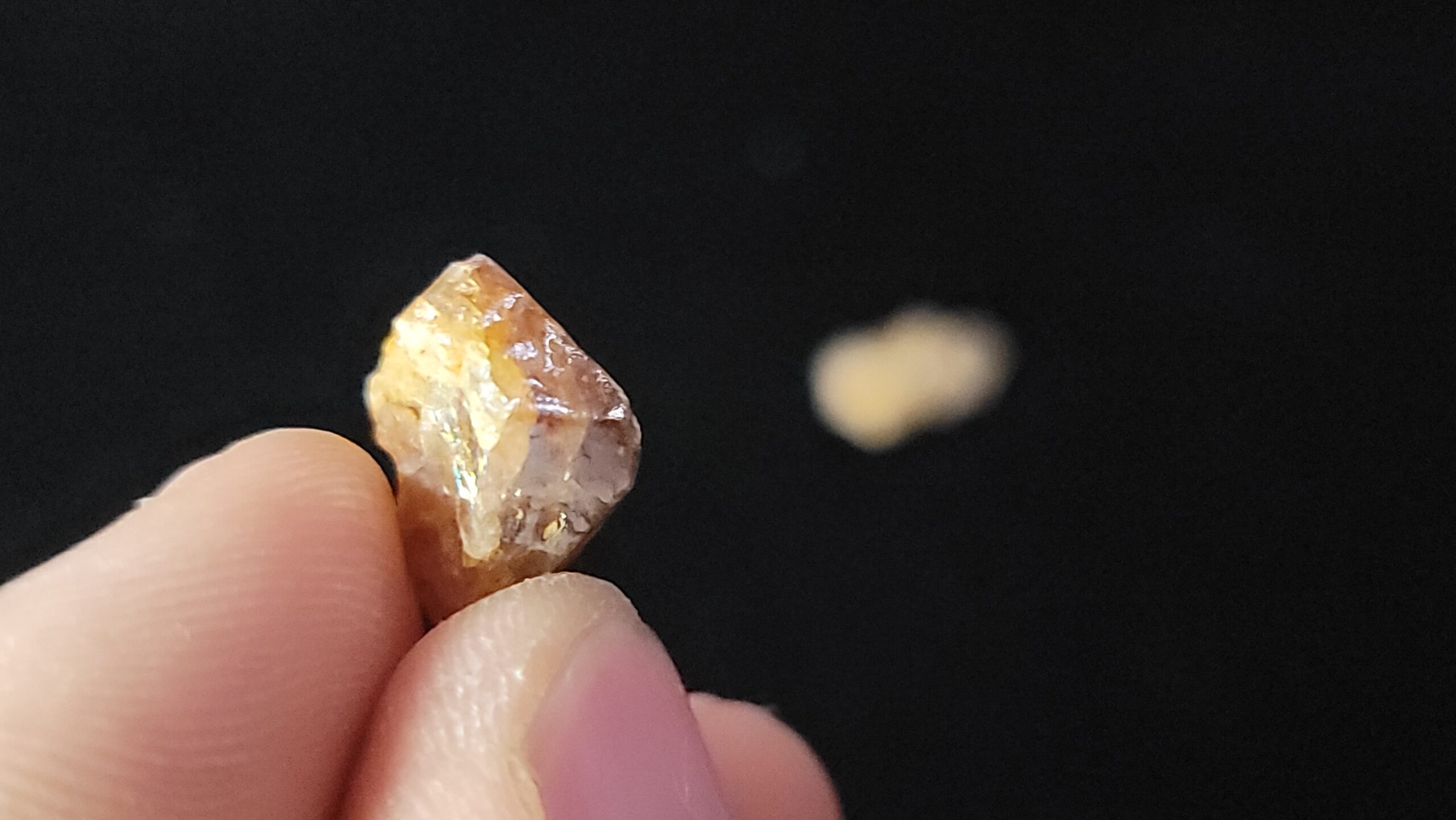

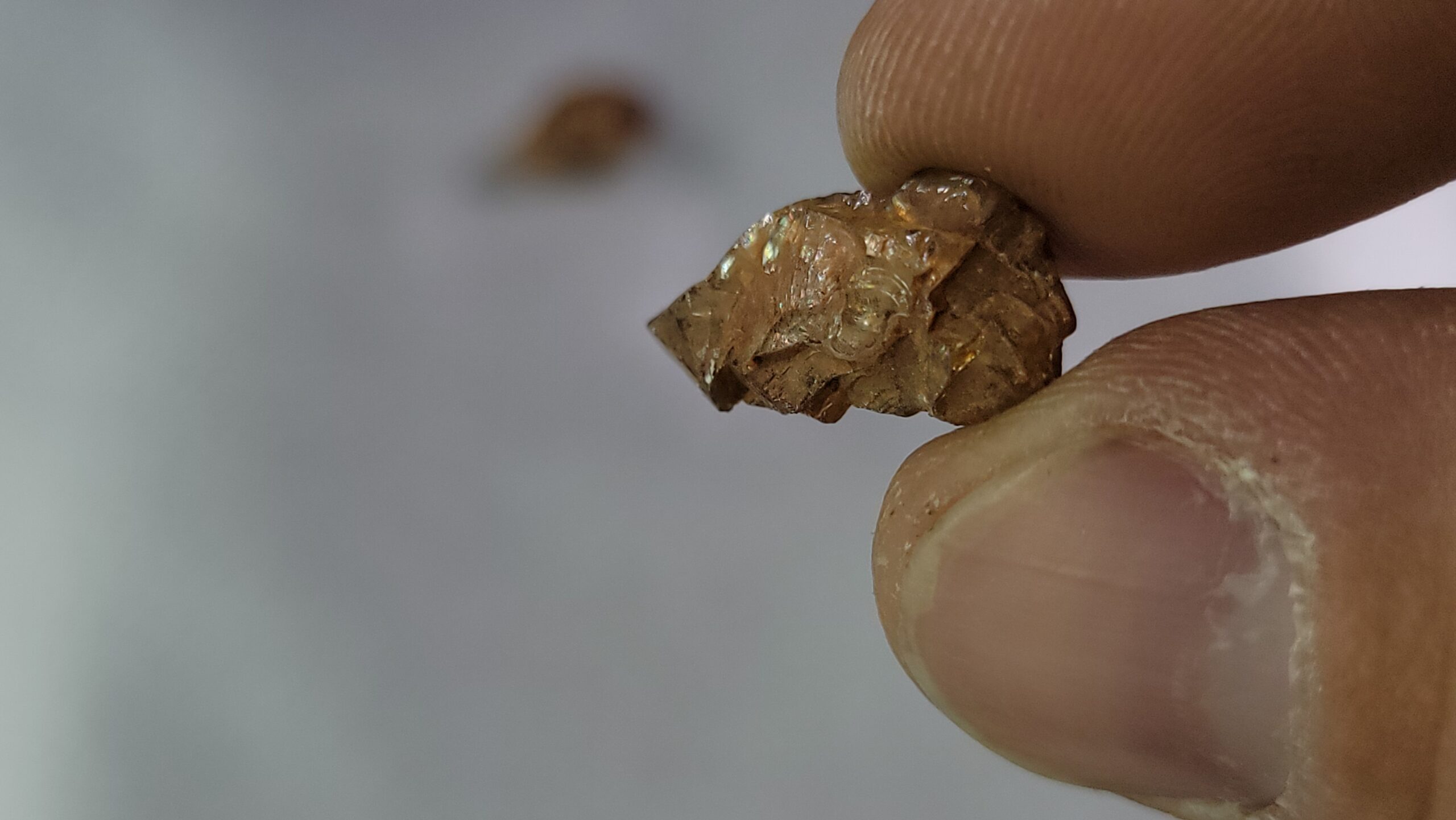
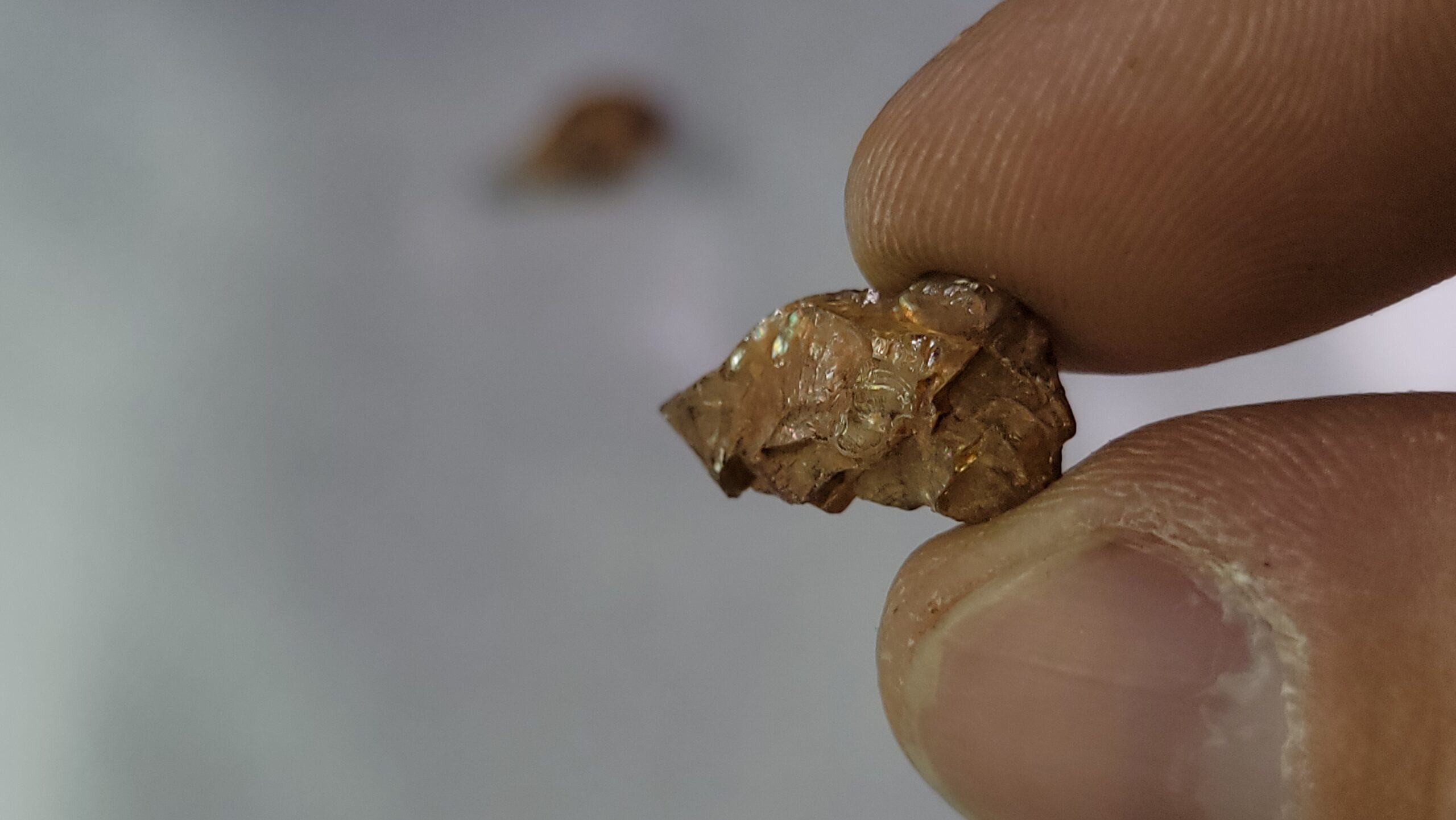
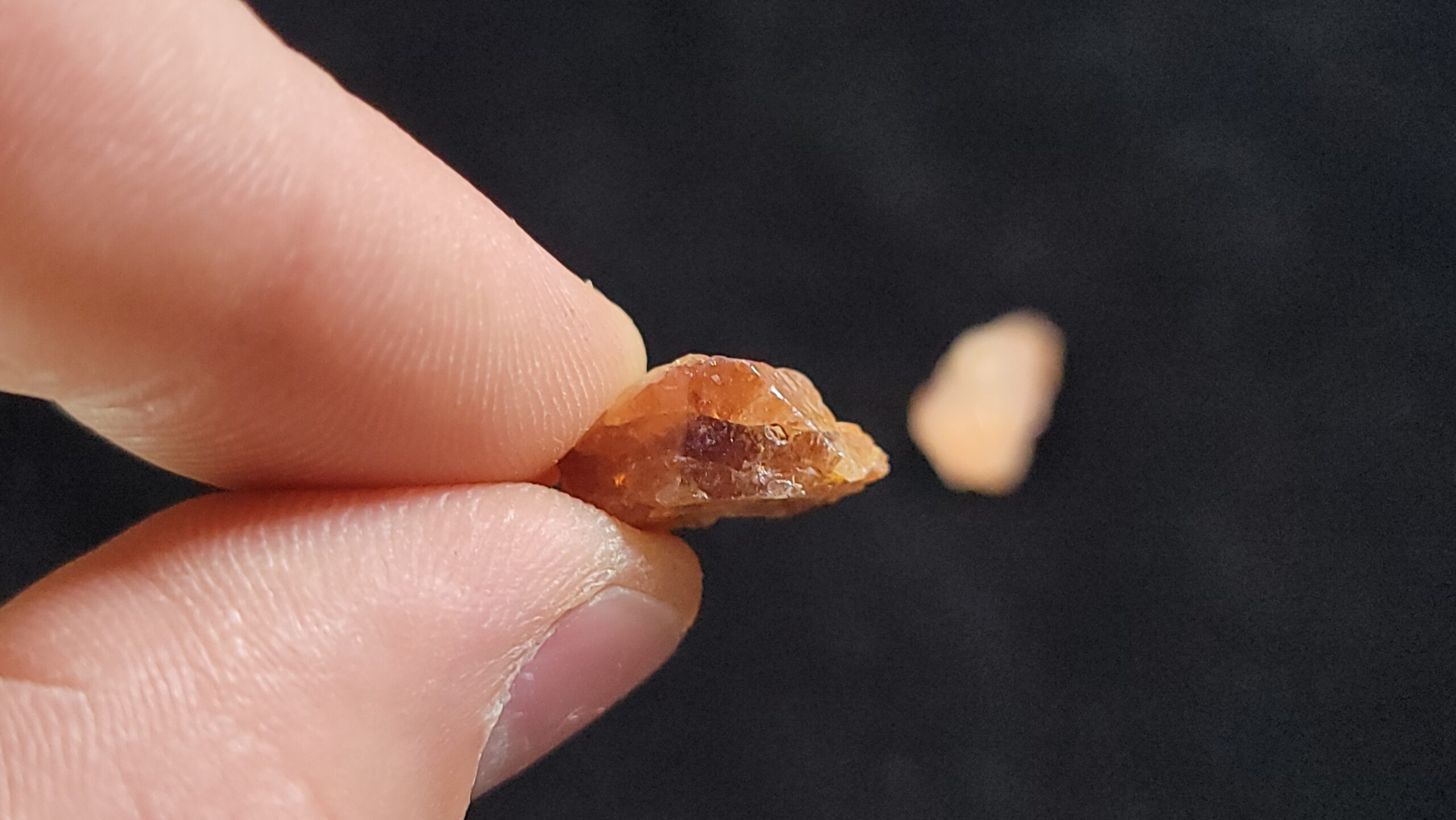
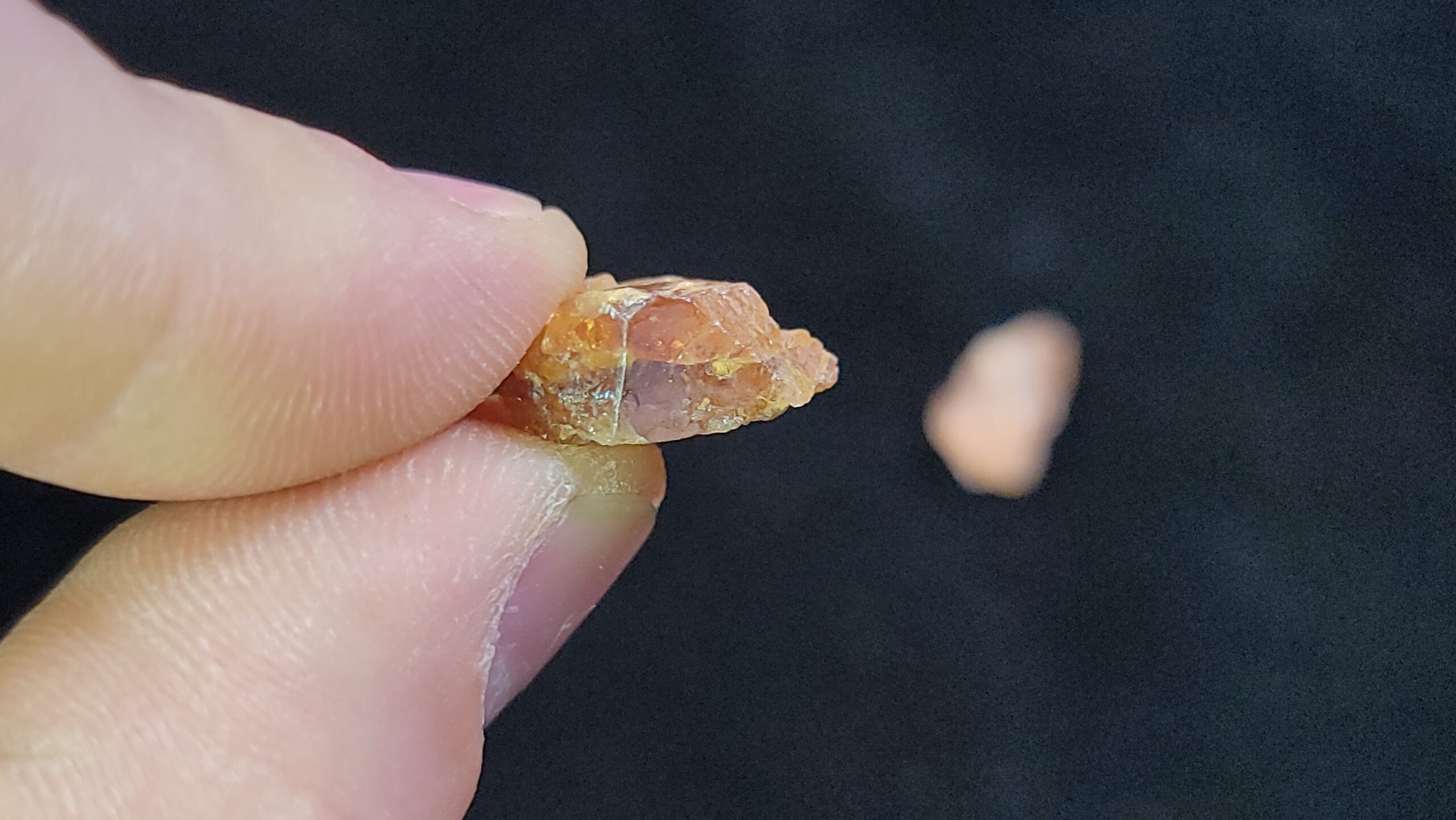
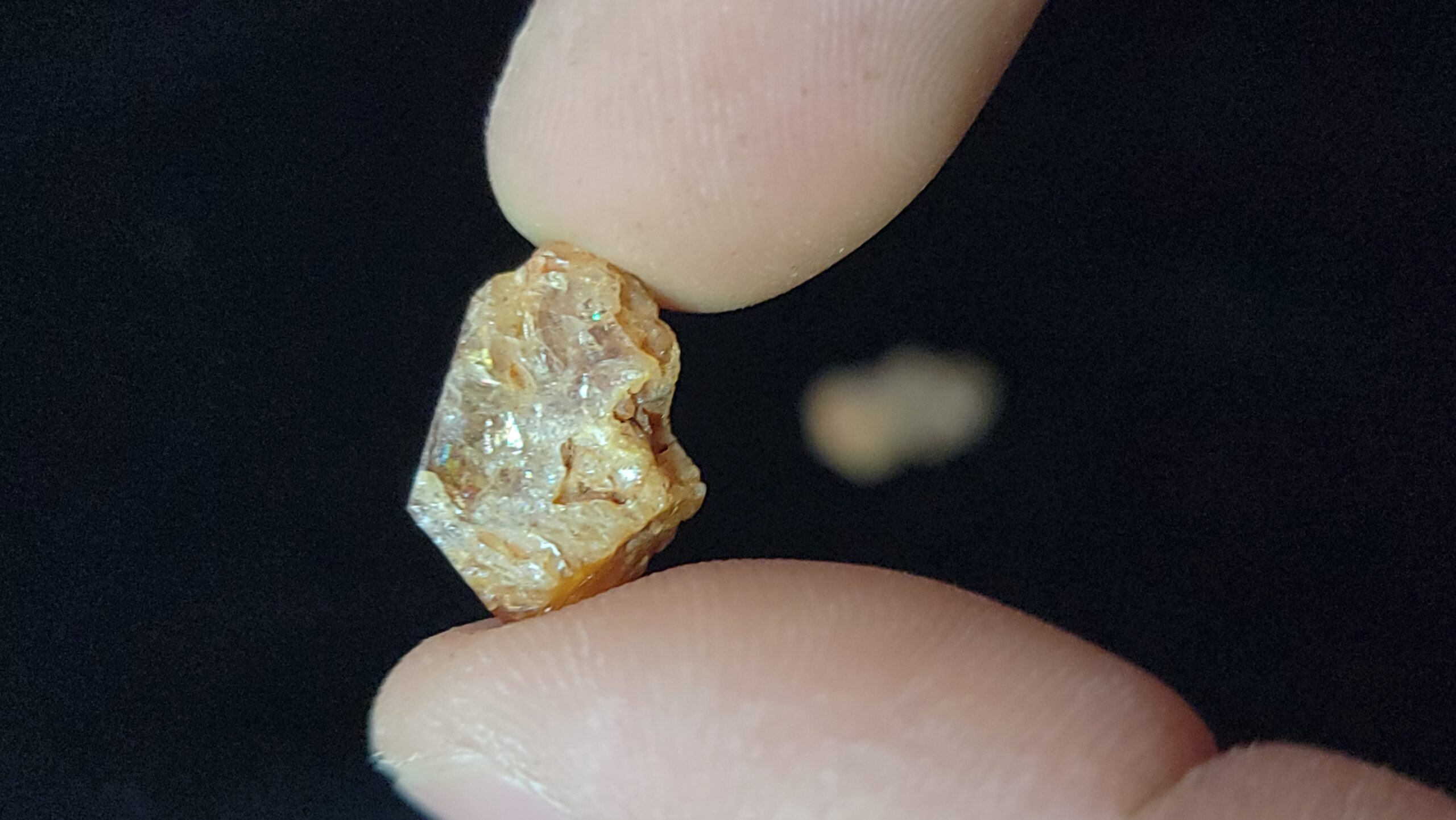
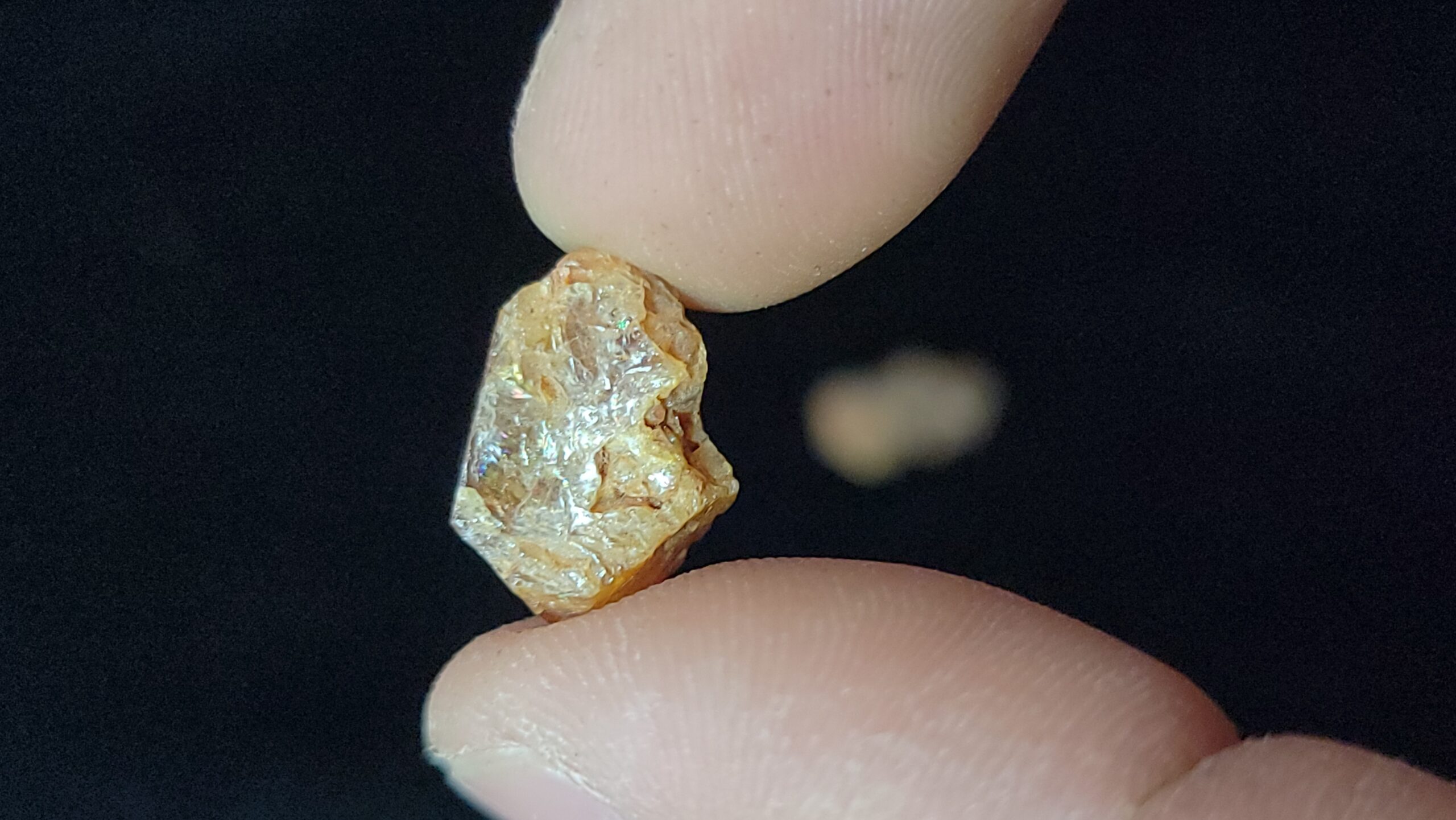
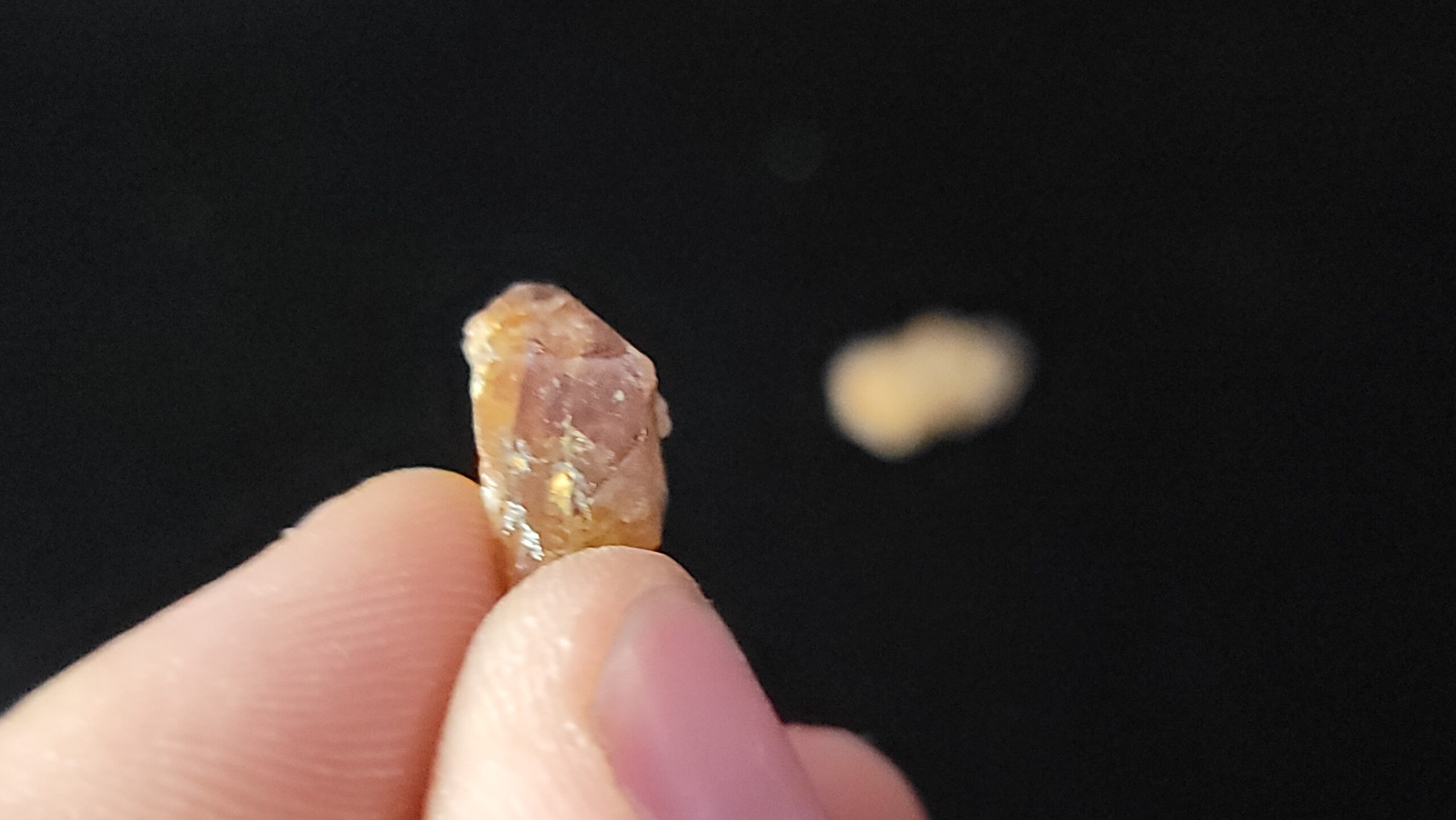



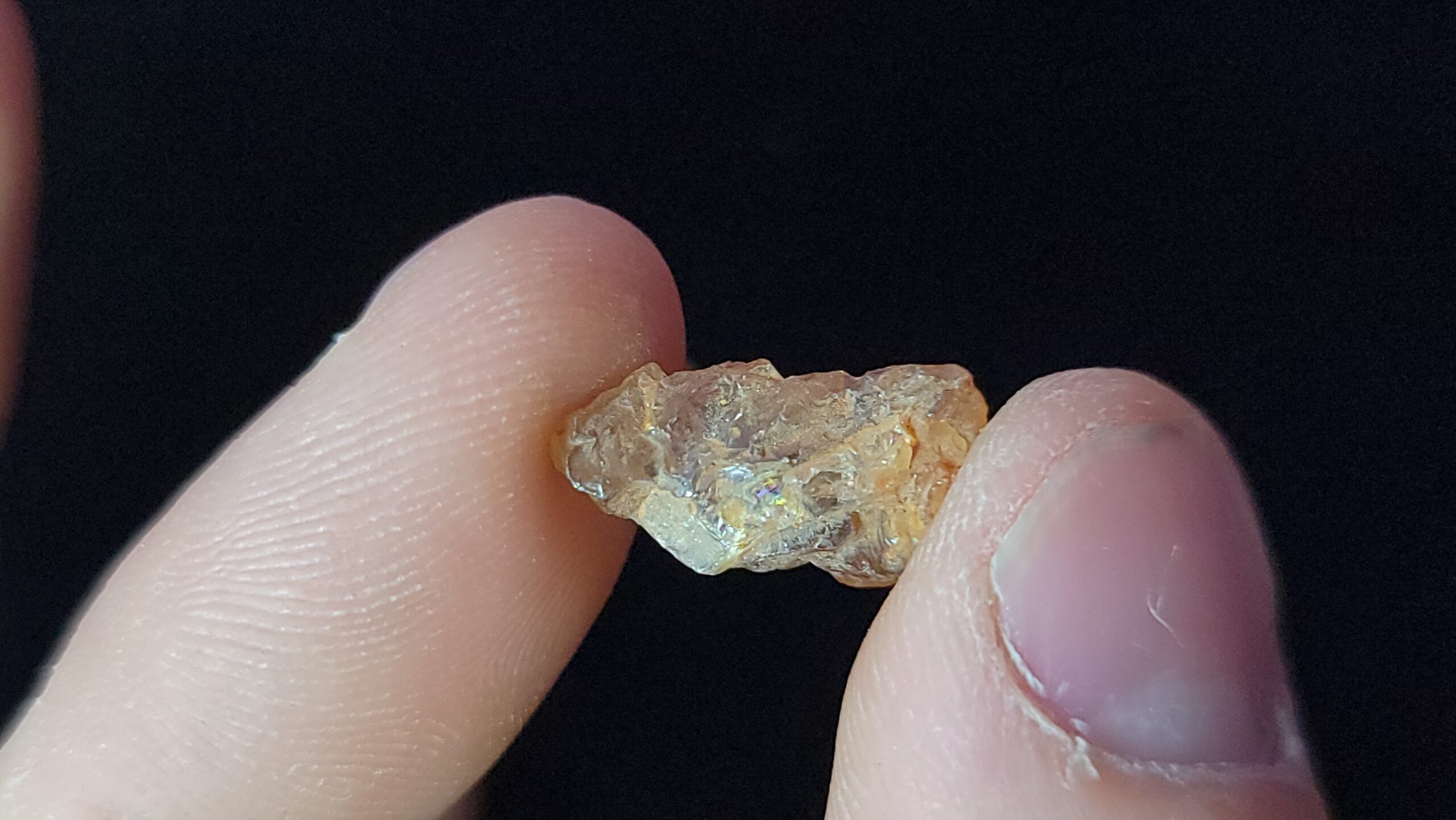

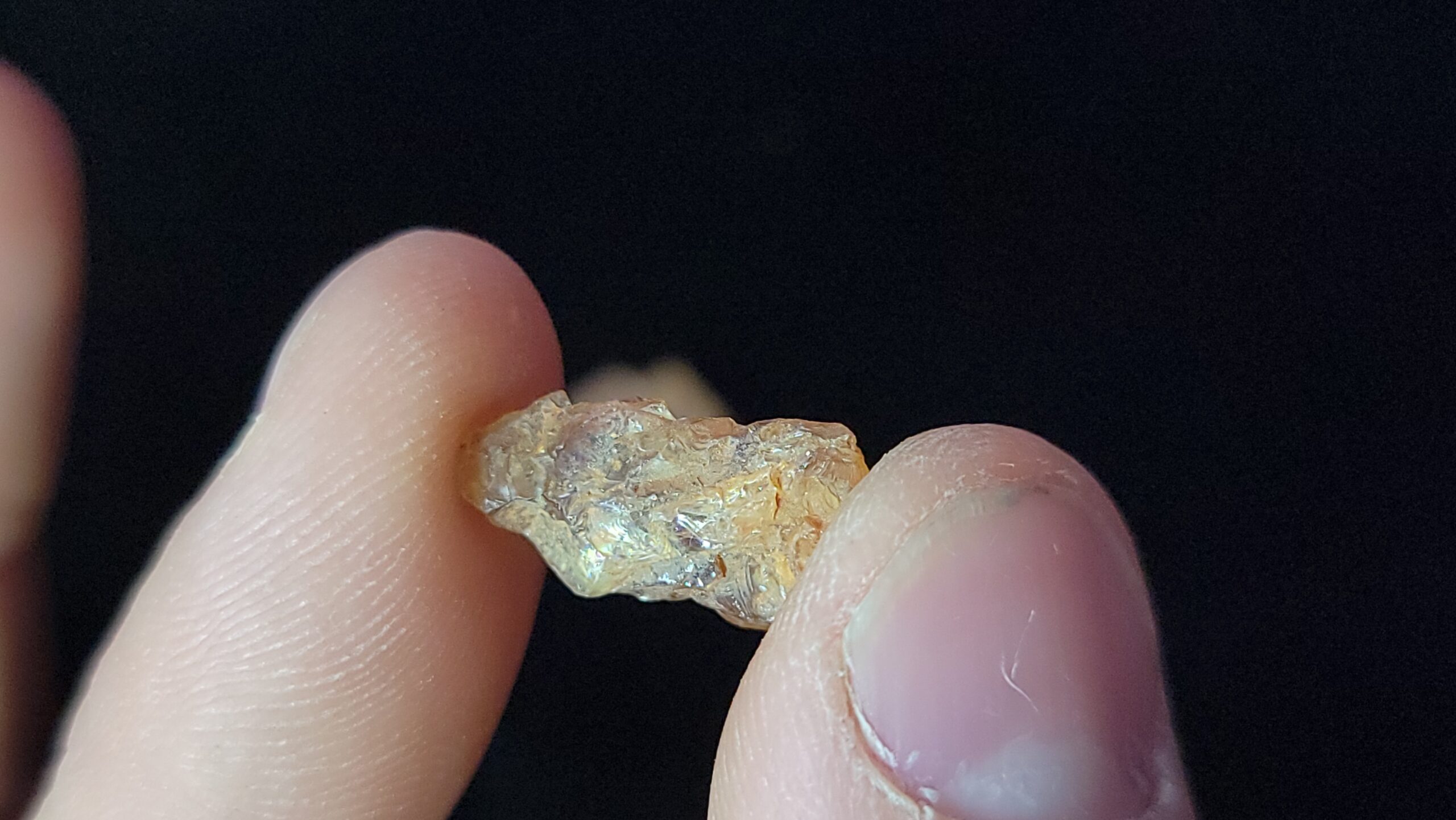
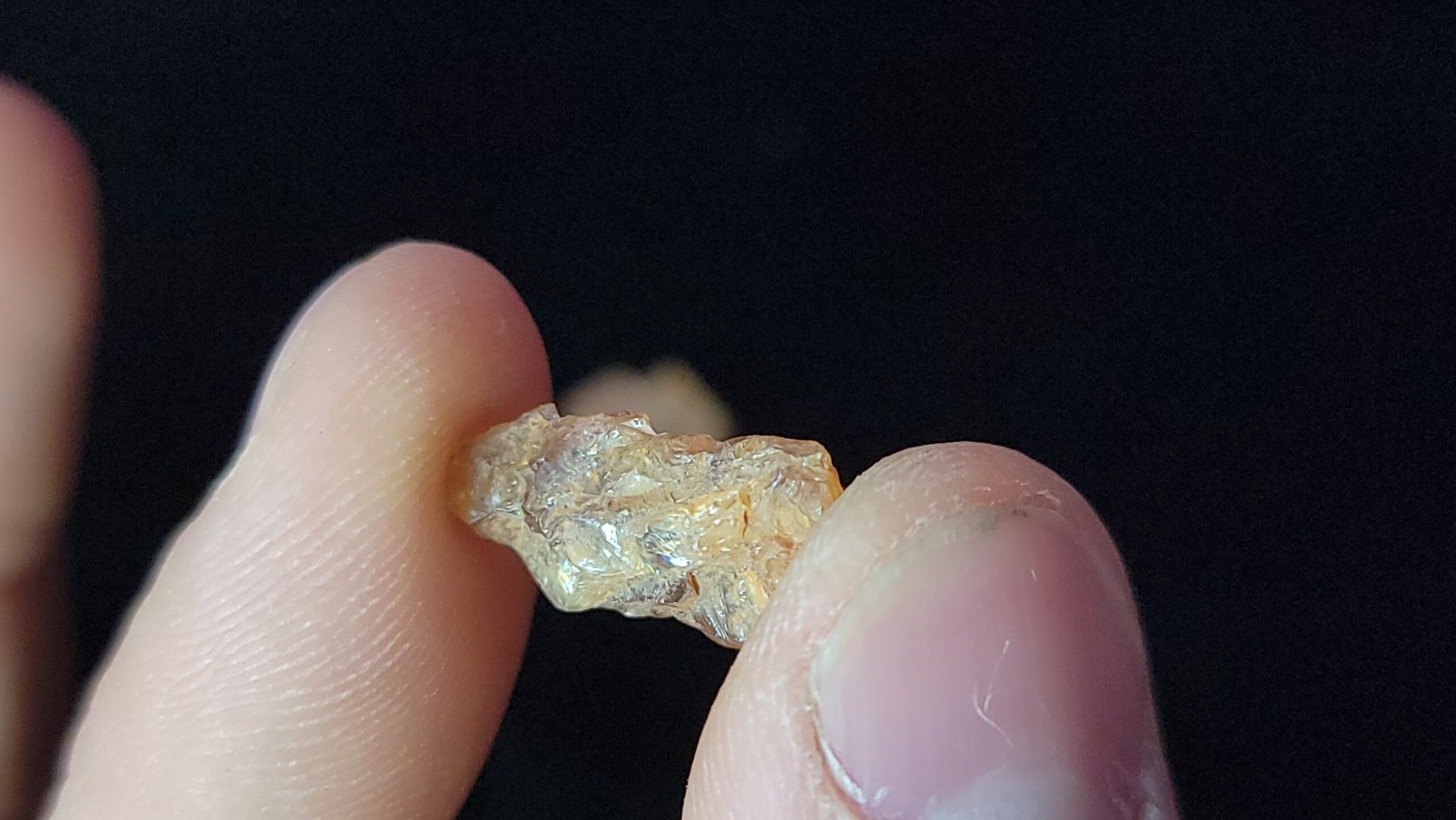

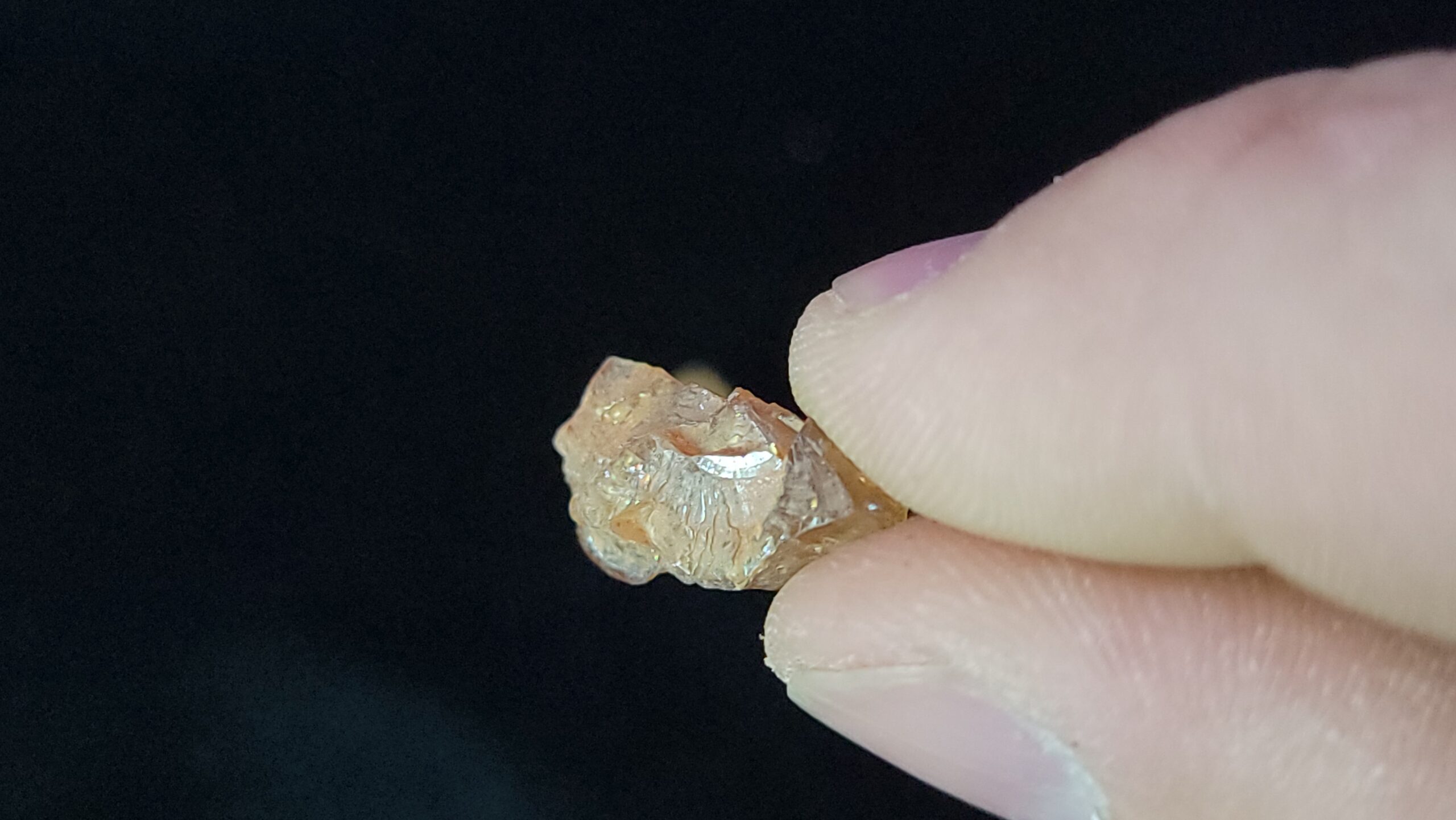
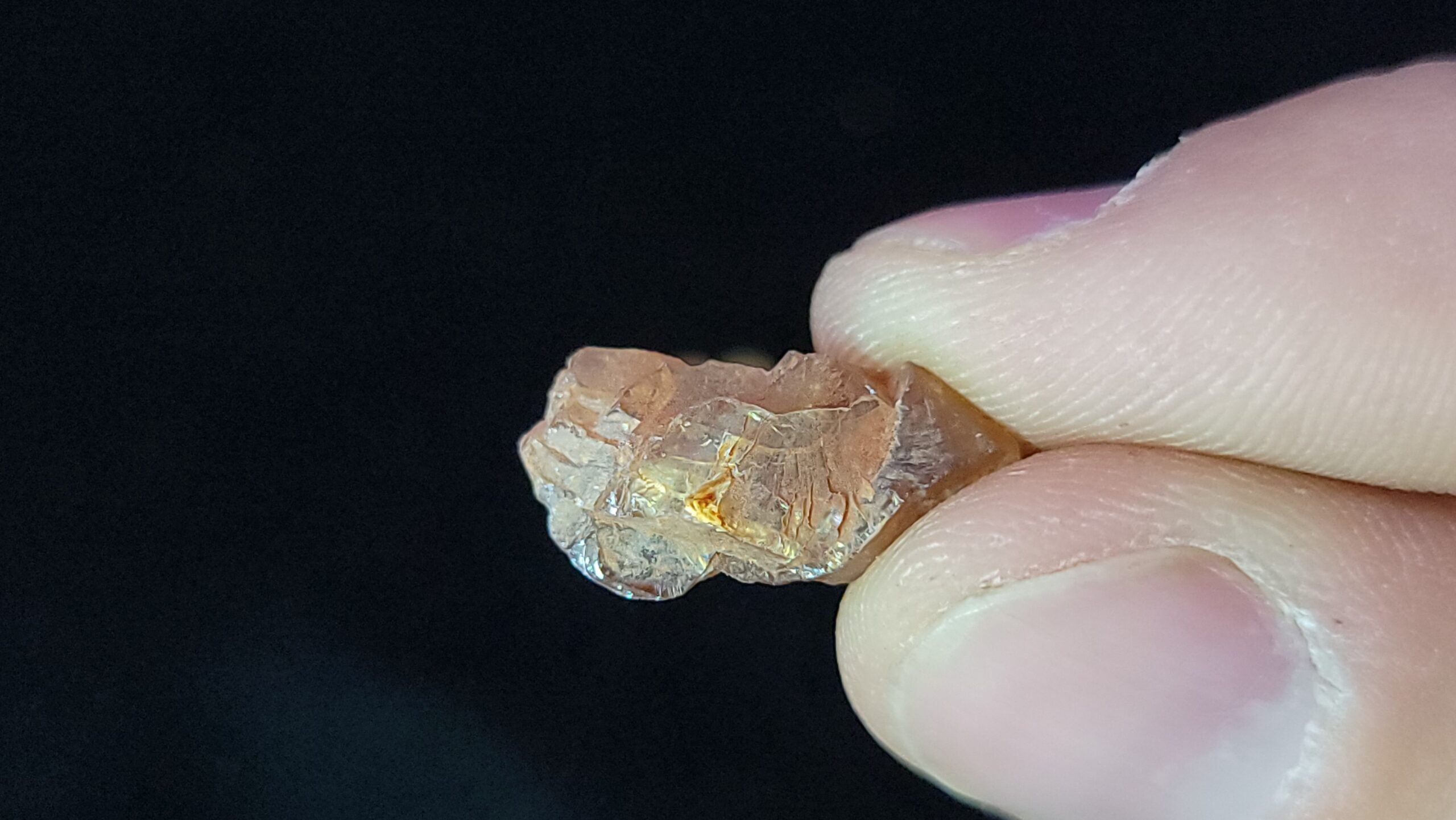
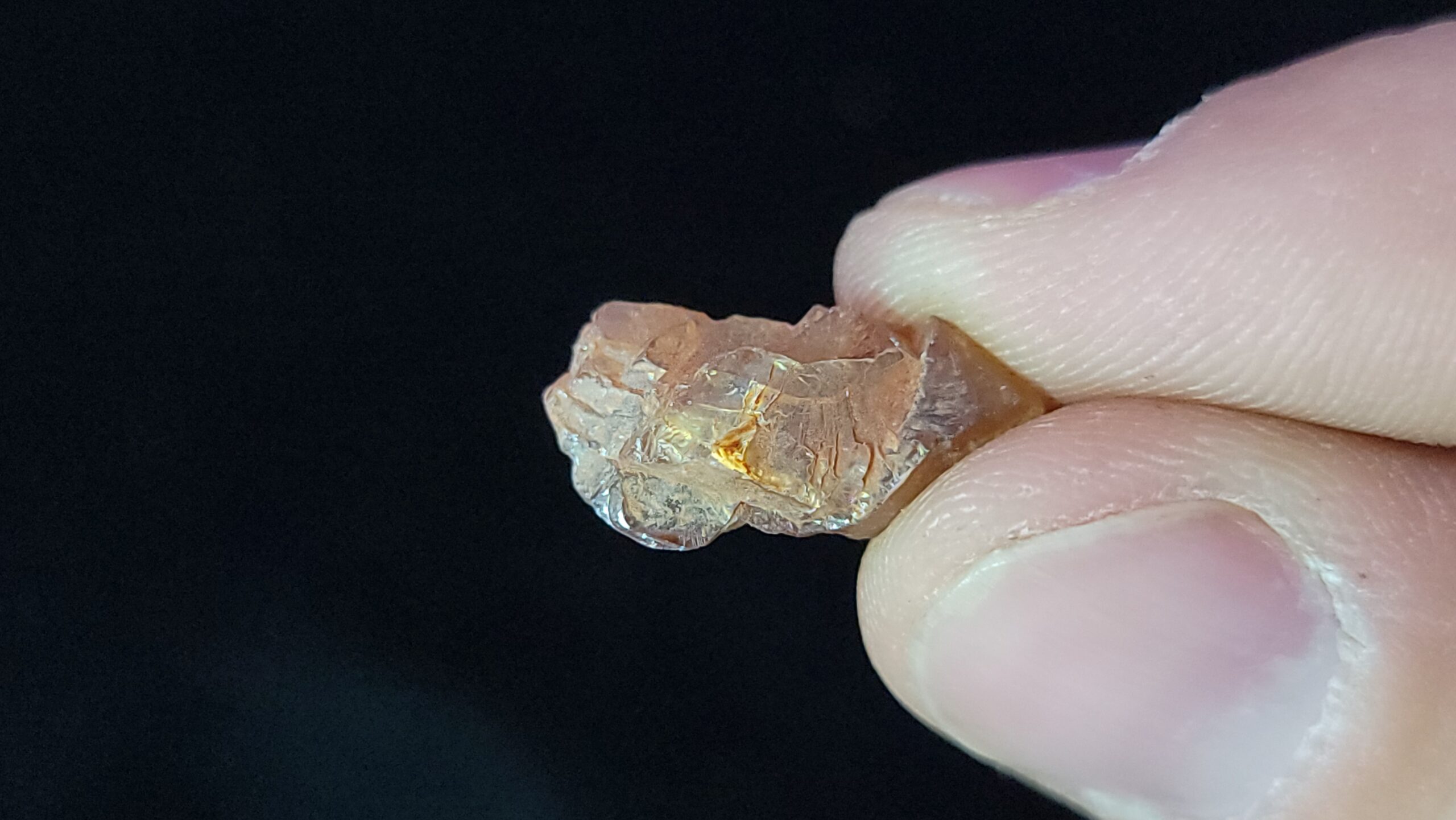




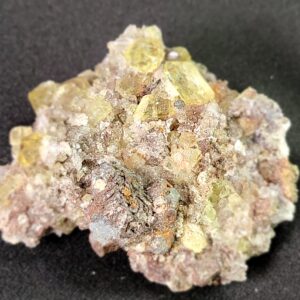
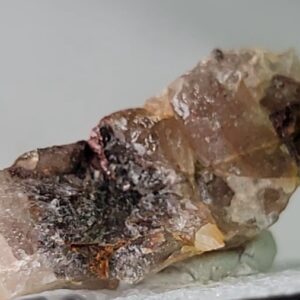
Reviews
There are no reviews yet.